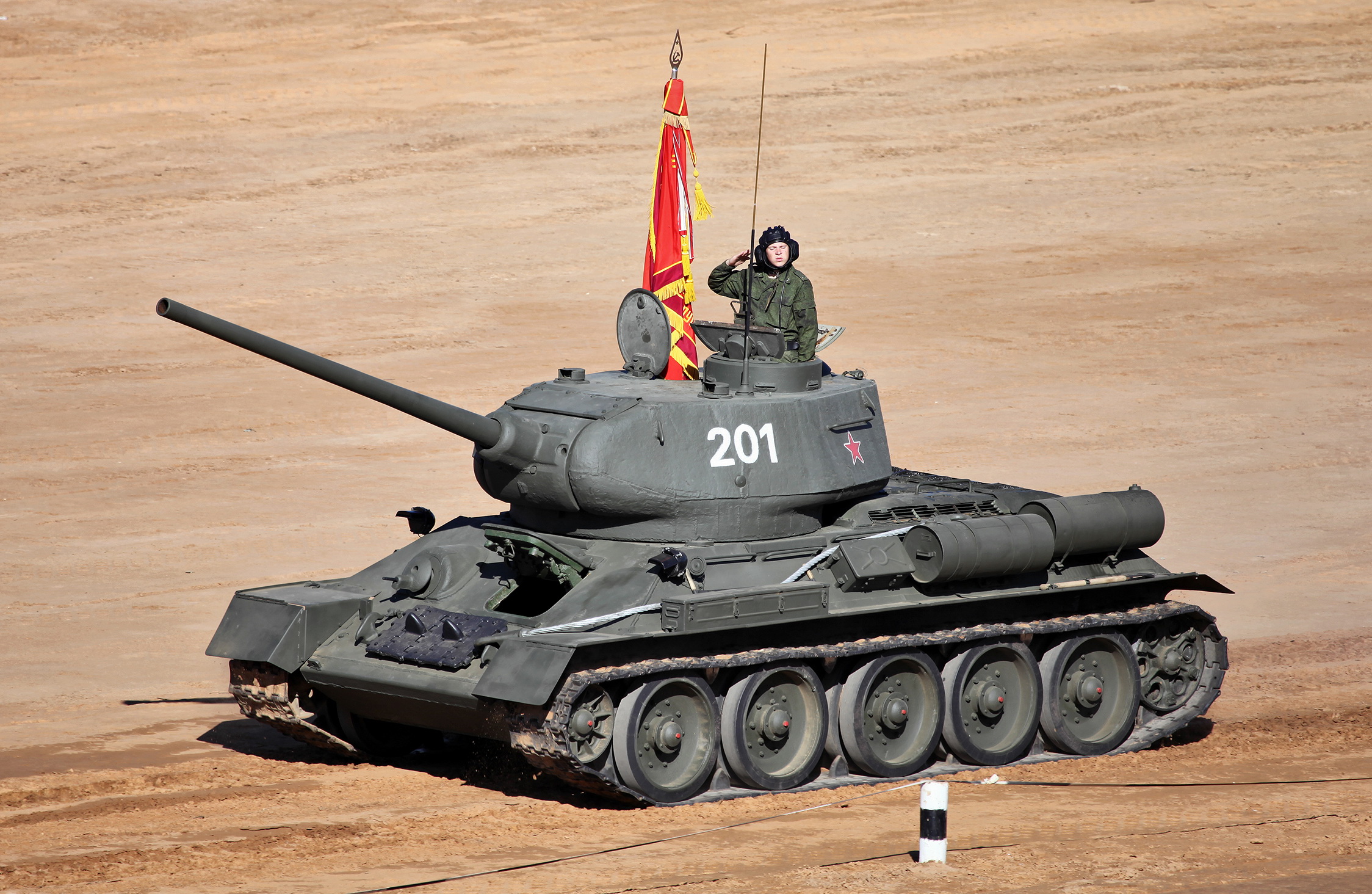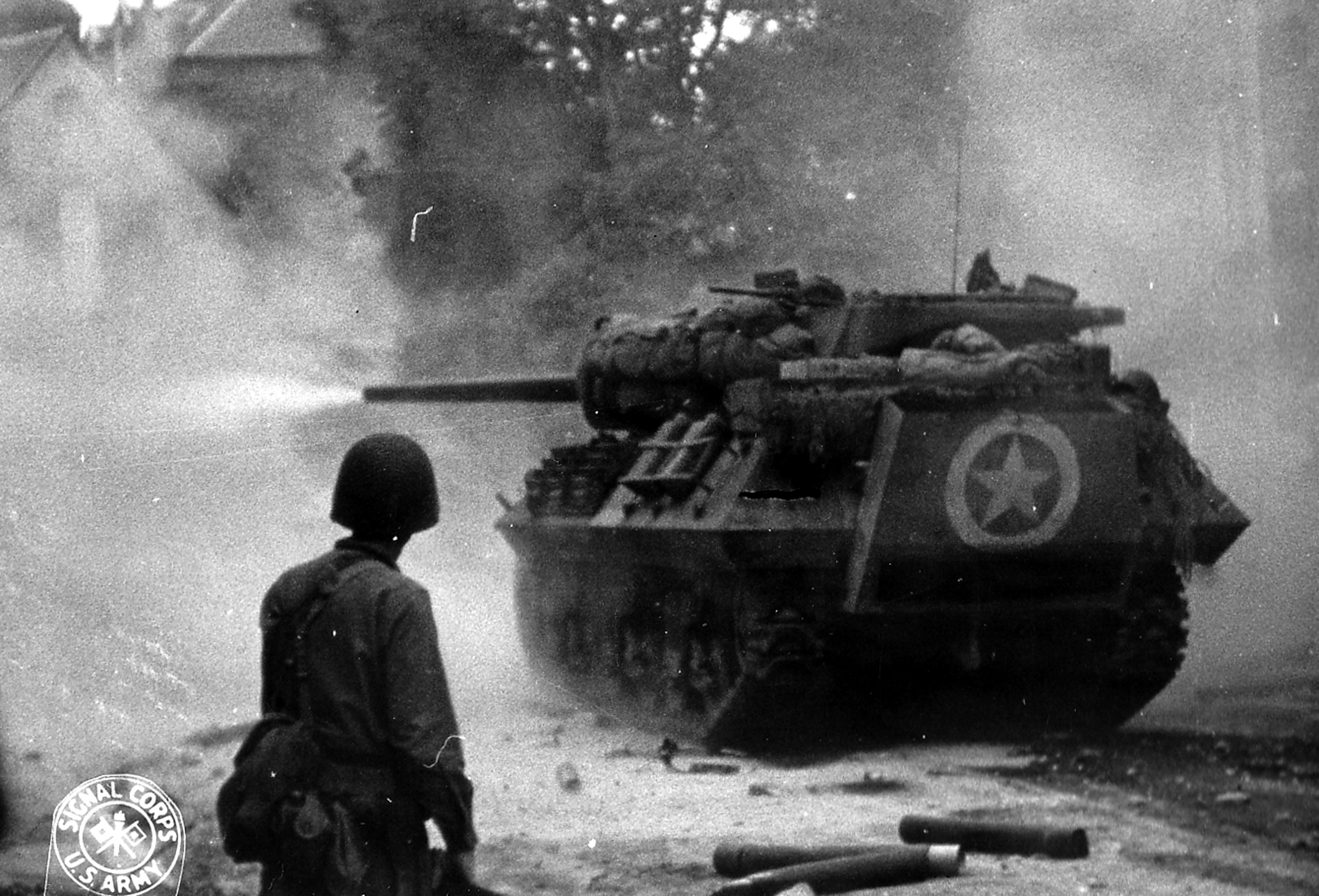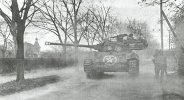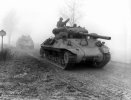-
Please take a moment and update your account profile. If you have an updated account profile with basic information on why you are on Air Warriors it will help other people respond to your posts. How do you update your profile you ask?
Go here:
Edit Account Details and Profile
You are using an out of date browser. It may not display this or other websites correctly.
You should upgrade or use an alternative browser.
You should upgrade or use an alternative browser.
Is the M-1 Abrams outclassed now?
- Thread starter Randy Daytona
- Start date
I think a lot of the M1's success in Gulf1 had to due with the operating environment and threat they faced. They operated in open desert against obsolete Russian tanks that were probably two generations behind them. Probably most important was that the M1's outranged all of the Iraqi tanks so many Iraqi tanks were destroyed before they fired a shot. During Gulf2 the M1's still performed well in the anti-armor role but were vulnerable to the classic tank achille's heels: urban environments, infantry, IEDs/mines, mobility kills, etc. Because tanks are designed with maximum armor in the front for tank v. tank fights they are still susceptible to shots from behind, above, and the sides.True. I remember the Gulf War and the Abrams shrugged off everything like a King Tiger in WW2 - sooner or later the weapons will catch up with it. Speaking of Tigers, if you ever get the chance take a look at the Tank Museum at Aberdeen Proving Grounds in Maryland. http://www.peachmountain.com/5star/US_Army_Ordnance_Museum.aspx The Jagdtiger was the tank destroyer version of the Tiger mounting a fixed 128mm cannon and armor equivalent to a heavy cruiser. Notice the gouges where shells bounced off.
The Tiger/King Tiger were susceptible to the same threats* from more numerous and more manoeuvrable Shermans (which were far from perfect themselves) as showcased in the movie "Fury."
*Tiger crews are also susceptible to being bribed and Moriarity's negative waves.
I think a lot of the M1's success in Gulf1 had to due with the operating environment and threat they faced. They operated in open desert against obsolete Russian tanks that were probably two generations behind them.
FLIRs and range finders had a lot to do with it as well. Poor light and thermal discipline by Iraqi night crews were also a factor. The Battle of 73 Easting and Medina Ridge are good historical examples of relatively modern conventional tank battles. Not as many during OIF 1 and not nearly the amount of hardware involved as what was used in the first Persian Gulf war.
Soviet/Russian armor suffered from shitty automatic loading mechanisms and having an un-manned turret sounds like they are doubling down on this mistake. We keep the trooper/Marine in the turret schlepping the rounds. The Abram was a revolution in fire control and the gun stabilization that made it the first tank to fire accurately while moving. Maybe the Russians have caught up, but I doubt it.
*Tiger crews are also susceptible to being bribed and Moriarity's negative waves.
Damn, you beat me to it.
Max the Mad Russian
Hands off Ukraine! Feet too
Gents,
We the Russians have long stated that all modern Russian tanks before T-14 (i.e. T-8x/9x), as well as M1, surprisingly - here "us and them" are in equal troubles - have suffered from the RU as well as US industry's inability to create the proper tank diesel engine, since the gas turbine for this purpose is the shitty choice, for real long battle cases. We always envy the Germans with their Leopards powered by MTU diesels - powerful, multifuel, compact, lightweight and extremely reliable. So aside from all these fairy tales about "aerospace-level tank electronic equipment", the main T-14's step forward is the diesel of A85x series, which is, as I suppose, a version of MTU design - an outcome of recent love between Russian and German business circles, once greatly empowered by fluently German-speaking Mr. Putin.
We the Russians have long stated that all modern Russian tanks before T-14 (i.e. T-8x/9x), as well as M1, surprisingly - here "us and them" are in equal troubles - have suffered from the RU as well as US industry's inability to create the proper tank diesel engine, since the gas turbine for this purpose is the shitty choice, for real long battle cases. We always envy the Germans with their Leopards powered by MTU diesels - powerful, multifuel, compact, lightweight and extremely reliable. So aside from all these fairy tales about "aerospace-level tank electronic equipment", the main T-14's step forward is the diesel of A85x series, which is, as I suppose, a version of MTU design - an outcome of recent love between Russian and German business circles, once greatly empowered by fluently German-speaking Mr. Putin.
I've always wondered the same thing - a gas turbine allows more performance but I would guess the logistical train would be a pain.
Kinda curious what everyone thinks the best tank of WW2 was: I can't decide between the Panther and T-34/85.


Kinda curious what everyone thinks the best tank of WW2 was: I can't decide between the Panther and T-34/85.


Really? T-34. Panther was too unreliable to be effective.I've always wondered the same thing - a gas turbine allows more performance but I would guess the logistical train would be a pain.
Kinda curious what everyone thinks the best tank of WW2 was: I can't decide between the Panther and T-34/85.


Austin-Powers
Powers By Name, Powers By Reputation

Lets not forget about the M10

Does a tank destroyer count as a tank? I'd argue that its slower speed, open turret, outdated gun, and thin armor would be negatives.
Lets not forget about the M10
Max the Mad Russian
Hands off Ukraine! Feet too
I've always wondered the same thing - a gas turbine allows more performance but I would guess the logistical train would be a pain.
Well, this is a matter of "error-free running time". Statistically, turbine cannot compete with proper diesel in typical tank-battle environment, no matter at the peak of it (plains with moderate temperature and humidity) or in marginal conditions (heat of the deserts or urban stuff) - IDF's Merkava is diesel-powered, too. Yes, logistics rules here (as everywhere else, indeed).
Kinda curious what everyone thinks the best tank of WW2 was: I can't decide between the Panther and T-34/85.
The same thing like with F6F vs F4U in USN carrier aviation of WWII: "Corsair is faster and generally better than Hellcat for three days in a week - the rest of the week is needed for maintenance." T-34 was simpler, cheaper, and still enough reliable. For systemic style of warfare that USSR had applied 1943-45, this was the best tank for European fields of the second part of WWII, I think. But it couldn't be the proper tool for, say, initial Blitzkrieg of Wehrmacht, if the Germans had had it then, nor could it be useful in North Africa. Though the anti-Japanese dash through Gobi desert was made by T-34-85s (and T-34-based SU-100 tank killers - armed with 100-mm naval gun, by the way) in Aug-Sept of 1945, there was logistical nightmare there, really.
Last edited:
Austin-Powers
Powers By Name, Powers By Reputation
M18 Hellcat TD had the best kill ratio of any US AFV in WWII and was the fastest AFV until the M1 Abrams.
View attachment 16020
M36 was an improved M10 with a 90mm gun able to counter any German tank of WWII and Russian tanks encountered in Korea.
View attachment 16021
But both still had thin armor and open turrets.
Still good armor regardless, but yeah too thin and open turrents no bueno
Max the Mad Russian
Hands off Ukraine! Feet too
Does a tank destroyer count as a tank? I'd argue that its slower speed, open turret, outdated gun, and thin armor would be negatives.
Back then Germans and Soviets destroyers - Ferdinand or SU-100, respectively - had much thicker front armor and completely closed gunhouses, so in some cases this was better than tank. In Mar 45 at Seelowe heights Soviets were forced to replace the IS-2s heavy tanks with SU-100s during half of attacks due to the fact that latters were less suffering from 8.8 cm German antitank guns.
Ferdinand was by most accounts a failure at Kursk. I'm not familiar enough with the SU-100 and its performance to speak intelligently on it. However, heavily armored TDs of the Wehrmacht were built under different doctrine then US TDs. US TDs were doctrinally supposed to engage enemy you tanks directly and use superior speed to their advantage, hence the 50+mph speed of the M18. Not sure what the different doctrines of Germany and USDR were that led to heavily armored casemate TDs unless it was the only way which technology at the time to make an invincible tank: one whose armor couldn't be penetrated and could destroy any other tank it confronted with high caliber/velocity guns. I'd wager that the designs were predicated on achieving a break through against fortified positions.Back then Germans and Soviets destroyers - Ferdinand or SU-100, respectively - had much thicker front armor and completely closed gunhouses, so in some cases this was better than tank. In Mar 45 at Seelowe heights Soviets were forced to replace the IS-2s heavy tanks with SU-100s during half of attacks due to the fact that latters were less suffering from 8.8 cm German antitank guns.
The larger German TDs like the Jagdtiger suffered from reliability and power issues. The heavy weight of the thick armor was more than the transmissions and engines could handle. More Jagdtigers were lost due to mechanical failure than combat losses.
Not sure of the issue with turbine engines in tanks as they've proven to be very reliable.


